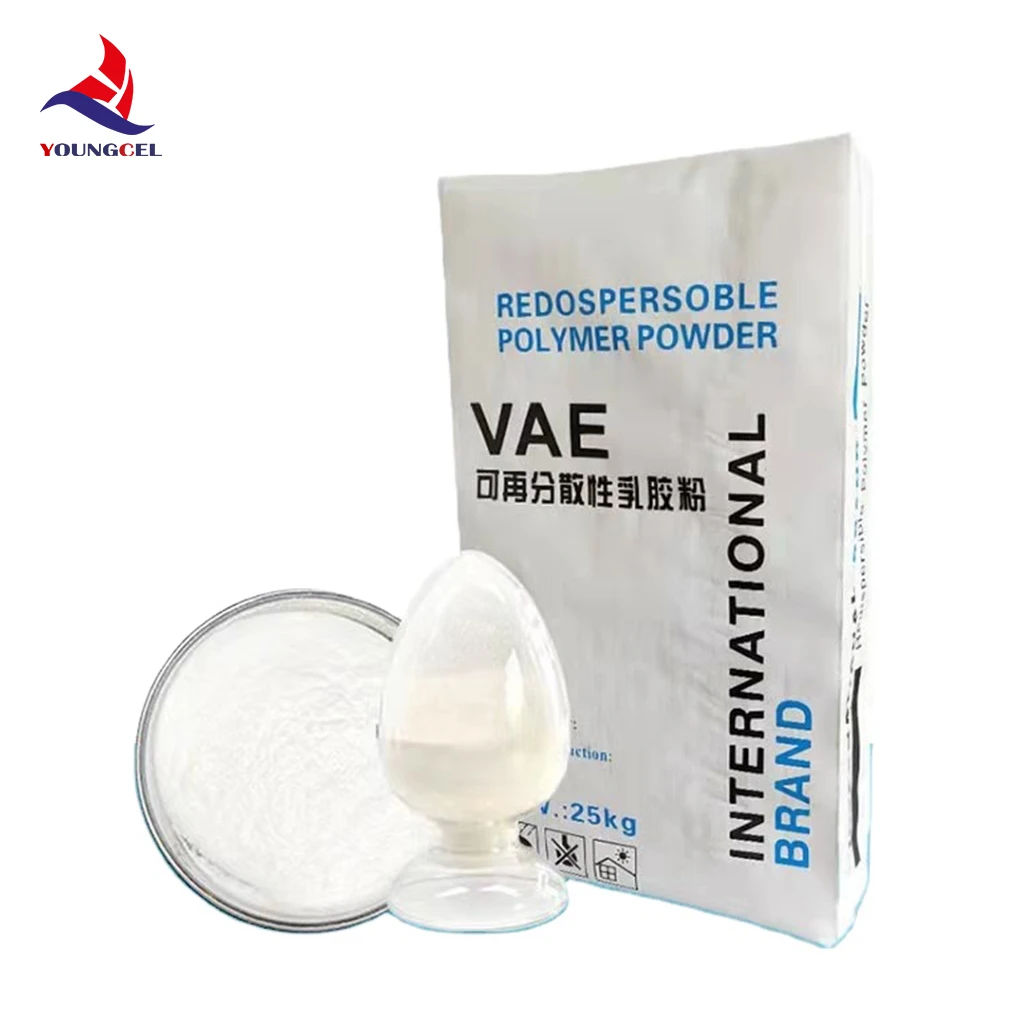Understanding HPMC Tile Adhesive Properties and Applications
Hydroxypropyl Methylcellulose (HPMC) is an essential component in modern construction materials, particularly in the formulation of tile adhesives. This cellulose ether is derived from natural cellulose and modified through chemical processes to enhance its properties. HPMC is widely used in various applications due to its multifunctional characteristics, which make it a preferred choice for tile adhesive formulations.
Properties of HPMC
One of the most significant properties of HPMC is its ability to improve workability. When mixed with water, HPMC forms a gel-like consistency that allows for easier application of tile adhesives. This property is particularly valuable in construction, where ease of use can significantly enhance productivity. The improved workability reduces the risk of air bubbles and inconsistencies during application, ensuring a more uniform and durable bond.
Additionally, HPMC imparts excellent water retention properties to tile adhesives. This quality ensures that the adhesive remains workable for extended periods, allowing for adjustments during installation without compromising the bond strength. The water retention capacity is particularly crucial in conditions with high evaporation rates, enabling successful installations even in challenging environments.
Moreover, HPMC contributes to the adhesive’s slip resistance. Slip resistance is a vital characteristic, especially during the application phase when tiles must be aligned correctly. HPMC prevents the tiles from sliding too much after installation, ensuring that the final layout remains precise and aesthetically pleasing.
hpmc tile adhesive

Applications in Tile Adhesive Formulations
HPMC is commonly used in both cement-based and polymer-modified tile adhesives. In cement-based formulations, HPMC enhances the adhesive's performance by increasing its flexibility and reducing the risk of cracking. This is particularly important in areas subject to movement, such as floors or walls in large buildings.
In polymer-modified tile adhesives, HPMC works synergistically with various polymer additives to further enhance performance characteristics like adhesion strength and flexibility. This combination allows for the creation of high-performance adhesives suitable for demanding environments like swimming pools, outdoor patios, and heavy-traffic areas.
The use of HPMC in tile adhesives also contributes to their durability and longevity. The enhanced bond strength, combined with water resistance, ensures that tiles remain securely in place, even in conditions where moisture is prevalent. This durability translates into lower maintenance costs and longer service life for tiled surfaces, making HPMC-containing adhesives a cost-effective choice for both residential and commercial projects.
Conclusion
In summary, Hydroxypropyl Methylcellulose (HPMC) is a crucial ingredient in tile adhesive formulations, providing numerous benefits that enhance performance, usability, and durability. Its properties, such as improved workability, water retention, and slip resistance, make it an essential component for achieving high-quality tile installations. As the construction industry continues to evolve and demand higher performance materials, the reliance on additives like HPMC will undoubtedly increase, paving the way for more innovative and effective solutions in tile adhesion. Whether for residential renovations or large-scale commercial projects, HPMC tile adhesive stands out as a reliable and efficient choice to meet the multifaceted needs of modern construction.
-
The Application and Significance of Construction RdpNewsMay.19,2025
-
Industrial Grade HpmcNewsMay.19,2025
-
Building Coating Adhesive Building Coating Adhesive HpmcNewsMay.19,2025
-
Application Of Hpmc For Detergent For Detergent In DetergentsNewsMay.19,2025
-
Application Of Hpmc Cellulose In Cement-Based MaterialsNewsMay.19,2025
-
Application Of High Quality Hpmc For Construction In The Field Of ConstructionNewsMay.19,2025




